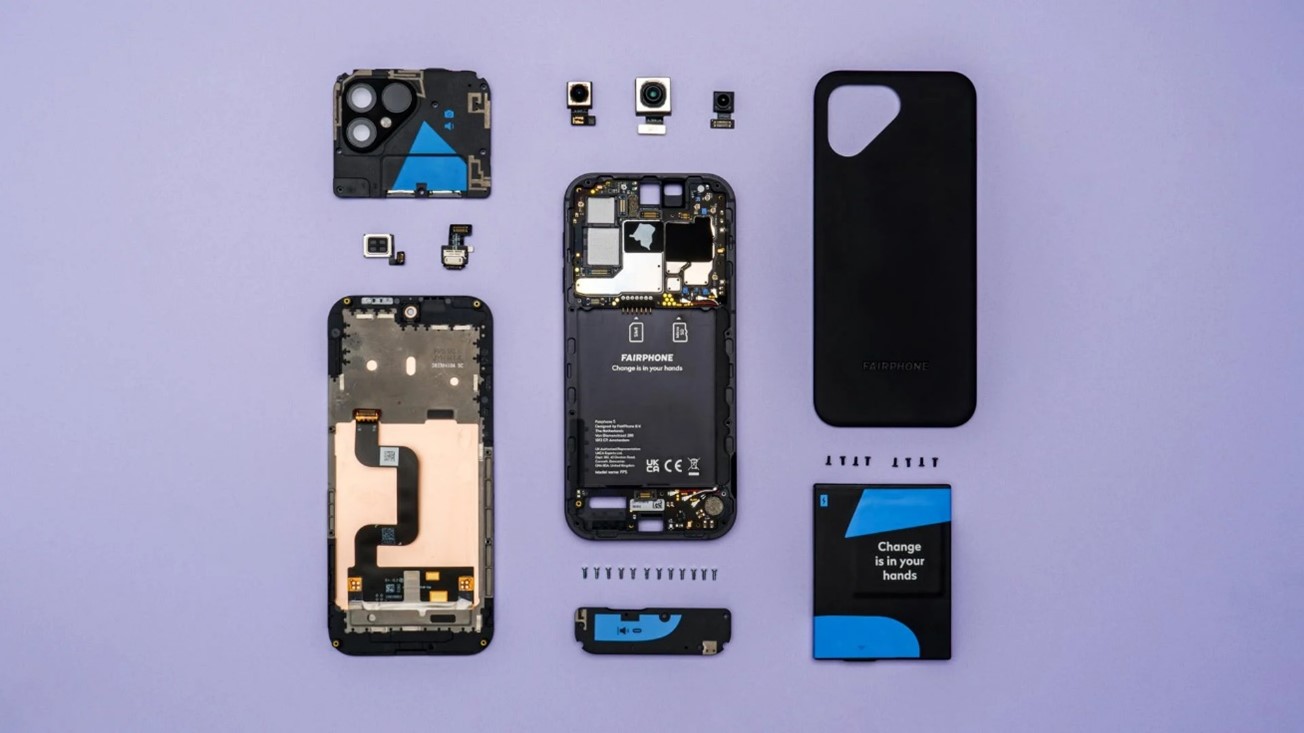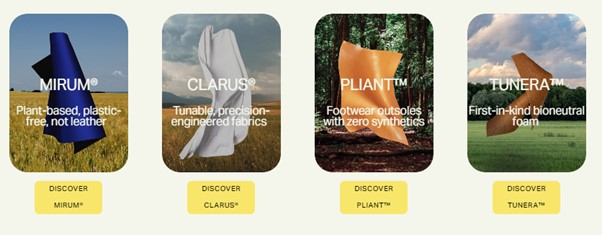Blog
The regenerative resource revolution: reducing carbon footprints with regenerative materials
Being aware of their planetary impact, many innovative brands are opting for materials sourced from regenerative practices. Here we showcase six brands leading the way in this positive transformation.


Alex Bee
08 February 2024
5 min read
Sustainability is no longer enough. We need to move beyond ‘sustaining’ systems that are damaging and think about regeneration – giving back to our planet and doing more good, not just less harm. We often hear from the brands, businesses and organisations we work with that transitioning to regenerative systems or ways of working can be daunting, even when they know what needs to be done and have the resources to take action. In our 2024 What Matters report, we explored this tension and found inspiration from businesses that are changing the norms of their industry. In this blog, we highlight six brands that are replacing materials with higher carbon footprints with those sourced from regenerative practices.
Beyond net zero: how Allbirds pioneers a carbon-neutral path in fashion
Footwear and fashion company Allbirds centres its strategy around reversing climate change by utilising only natural fibres and transparently measuring and addressing its carbon footprint. Allbirds boldly proclaims that 2050 is too late to aim for ‘net zero’, a lot of damage will be done by then. Instead of offsetting its carbon impact, the brand focuses on strategies to reduce their footprint to zero, eliminating the need for offsetting altogether. With wool being a key material used in their collections, Allbirds collaborates with farmers to support them in transforming their farms to a regenerative model. Renewable materials are another pillar of Allbirds’ strategy where the brand seeks to replace petroleum-based synthetic materials with natural alternatives such as tree fibre Tencel, sugarcane, wool or even plant-based leather. Clean energy is the third pillar. Allbirds wants to take responsibility for the full lifecycle impact of its products by collaborating with suppliers to develop cleaner manufacturing processes and investing in low-carbon shipping. Additionally, they help customers to care for their products in a responsible way. For Allbirds ‘nothing is everything’ when it comes to its carbon footprint.
Fairphone: a phone that cares for people and planet
Fairphone set out to disrupt the tech industry by revolutionising the way products are built and produced. The company prioritises fair and recycled materials alongside addressing working conditions for the people who manufacture their mobile phones and devices. Fairphone’s tech is engineered for longevity, recognising that extended use reduces environmental impact. Their phones are designed to be easily repairable by the user, allowing them to replace or upgrade only what is necessary.

Smart fashion, less waste: Teemill’s circular fashion revolution
Teemill is a small print-on-demand t-shirt supplier with a big ambition: to redesign the clothing industry and end waste. Rather than mass-producing clothes – and thereby generating massive amounts of waste – Teemill has pioneered the first circular economy in sustainable fashion. Each product they create is designed to be returned when worn out; materials are then recovered and repurposed into brand new items. By printing in real-time only what is needed, when needed, Teemill reduces overproduction and thus waste. Any excess dye waste is dried and repurposed for road markings. By dropshipping orders directly to the customer, Teemill enables brands to operate without inventory or upfront costs, further reducing transport costs and emissions.
From earth to earth: NFW’s circular plastic-free materials
NFW (Natural Fibre Welding) is a circularity platform for plastic-free materials that is dedicated to revolutionising the materials industry. It develops materials sourced from nature that can return to the earth as nutrients for future growth. Designed for seamless integration and scalability with industry-standard infrastructure, NFW unlocks plastic-free production across apparel, footwear, accessories, automotive and home goods. NFW sees these resources as ‘borrowing’ from nature and believes that they must be ‘returned’ at the end of their use.

Gimme Seaweed: cultivating a sea of positive impact
Gimme Seaweed (gim is the Korean word for seaweed) pioneered the first-ever USDA Organic, Non-GMO certified seaweed products cultivated and harvested in South Korea. The seaweed used in Gimme’s snacks is net positive for the environment as it requires no fresh water, land or chemicals to grow. Gimme Seaweed highlights the benefits of the ingredient for its faster growth than land-based vegetables, its potential for de-acidifying the ocean and carbon absorption. On the latter, Gimme’s CMO, Diego Norris, says: “We use about 250 tons of dry seaweed a year. For every gram of dried seaweed, it takes 10 grams of wet seaweed to produce that one gram – so we actually use 2,500 tons of wet seaweed and that absorbs an excess of 4,250 tons of CO2 a year; so roughly 57 tons of CO2 per hectare per year of wet seafood production, which is equivalent to 2,500 plus roundtrip flights from New York to London every year.”
Sequins of sustainability: Radiant Matters redefines fashion glam
Radiant Matter collaborates with expert material scientists and engineers to create sustainable options for shiny and glittery effects often used in the fashion industry, such as beads, sequins, textile coating or reflective elements. Synthetic solutions often contain plastic, making them un-recyclable, releasing toxic dyes and generating a high amount of waste during manufacturing. Radiant Matter is developing textile solutions that are safe for the environment and human health. The company has collaborated with major designers like Stella McCartney, who designed a paillette-covered peach jumpsuit featured on the cover of American Vogue. She says: “I am amazed by the iridescent beauty of our BioSequin all-in-one – handcrafted in my London atelier from plant-derived, non-toxic sequins that are even more stunning than conventional options.” As such, Radiant Matter not only reflects a commitment to environmental responsibility but also a desire to redefine the standards of style and fashion in a way that respects our planet.

The urgency for positive change and regeneration is not only coming from the planet and environment, but people who live within these ecosystems too. We know that people want, need and expect business to work towards a positive impact. In fact, 85% of people globally expect brands to take responsibility to help safeguard the future of our planet. Find more examples and explore the dimensions of positive change in our 2024 What Matters report.
What Matters 2024
The 2024 edition of our What Matters report has arrived. The report takes a clear stance for change driven by a call for urgency, as new research reports 8 out 10 people worldwide are worried about the future and feel brands need to take responsibility.
